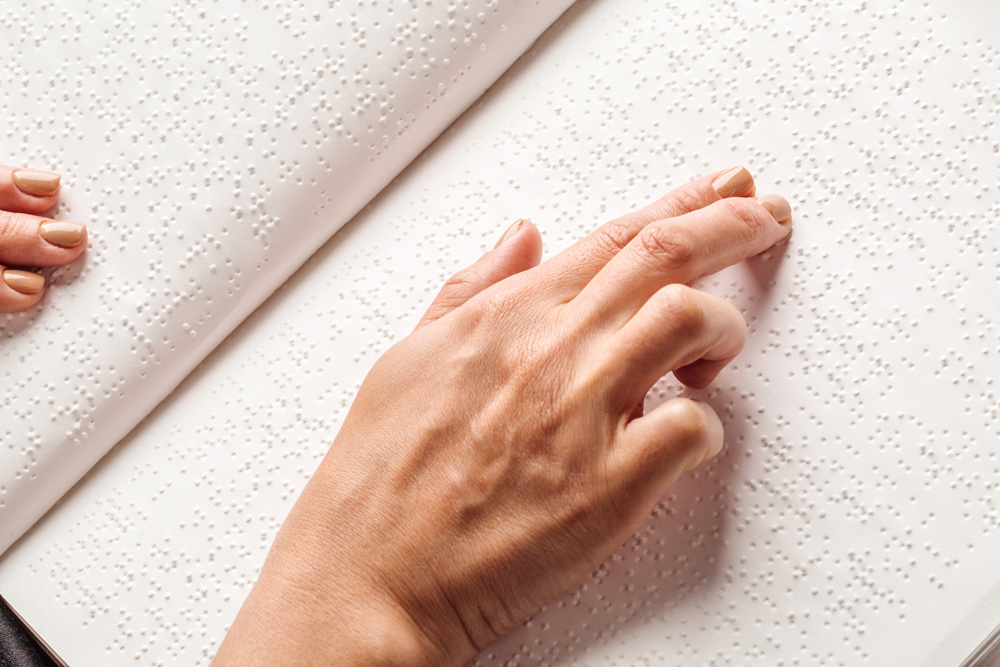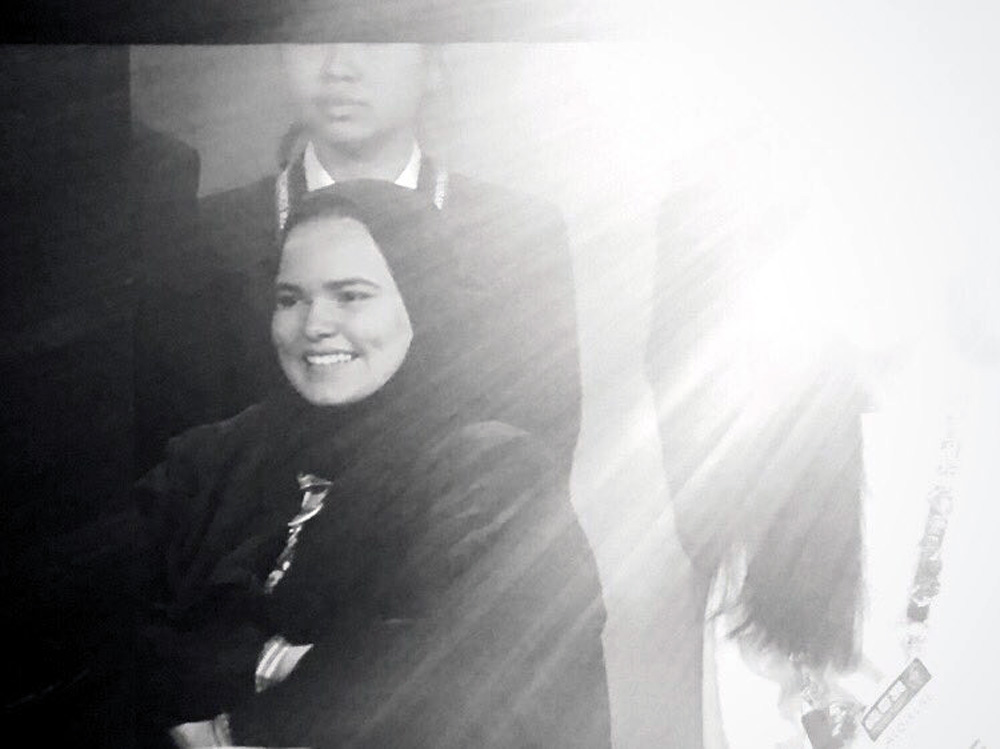
It’s nothing new that female students in Saudi Arabia have been breaking stereotypes and blazing the trail with a range of key achievements over the last few years. However, this week, one young student has managed to stand out in a big way from her peers: 14-year-old Saudi middle school student Talah F. Abualnaja is making headlines across the region for creating a new writing system for the visually impaired.
Speaking to Arab News, the young student explained that her sense of curiosity regarding the challenges faced by visual impaired students pushed her to pursue this project.
“It’s my first year in a school that takes part in a project that integrates students with visual impairments into public schools […] We have three students, and from daily interactions with them I was very curious and had a lot of questions. What letters they use, and how they communicate with others. I was amazed by the size of their large books. This motivated me to learn more about their world and search for answers,” she explained.
Although braille exists across the world for people with vision impairment, Abualnaja explained that her new writing system, which took her a couple of years to develop, is different in that it allows for much smaller books to be printed. Her system requires less spacing because of the use of diacritics that have different geometrical shapes from the letters’ shapes and are placed above the letters instead of writing it as a completely new and separate letter, as is the case with braille.

Talah F. Abualnaja
“The new writing system is also shown to be easier to learn and faster to memorize, and that’s because the new writing system follows a certain pattern that helps saves time and effort for people with visual impairments,” she told the news site.
Going into more detail regarding her new writing system, Abualnaja explained that the “Arabic alphabet consists of 28 letters. Sets of nine-quadrant-grids are used to represent the different letters. They are divided into three grids, which are used recurrently with the only difference being the absence or presence of one or two dots within the shapes. The letters are divided into three groups, and the nine basic shapes are used in all three, with different uses of dots each time.”
Abualnaja has already applied for a patent and, once she receives it, she has plans to publish her work. Her project has already nabbed her a third-place win at the Intel ISEF 2018 in Pittsburgh, USA that took place this May.

















